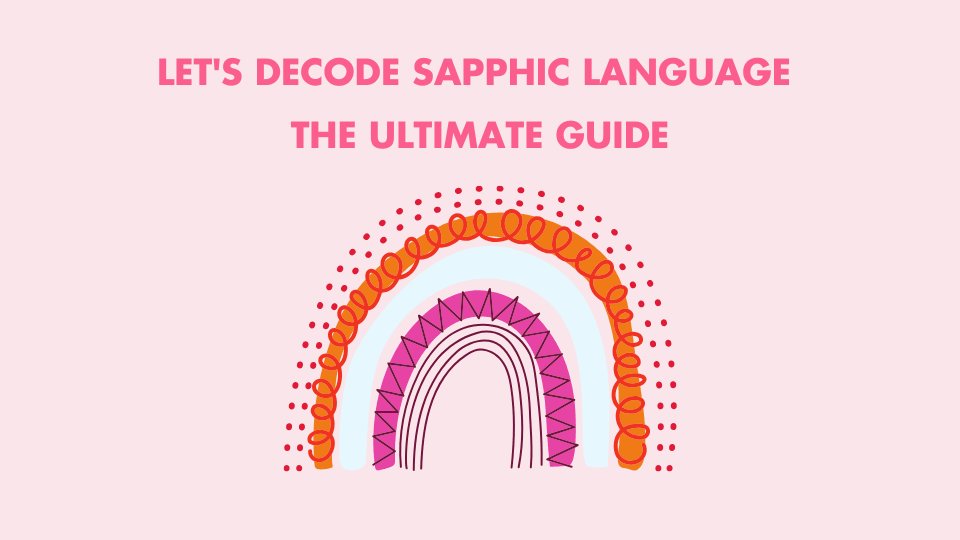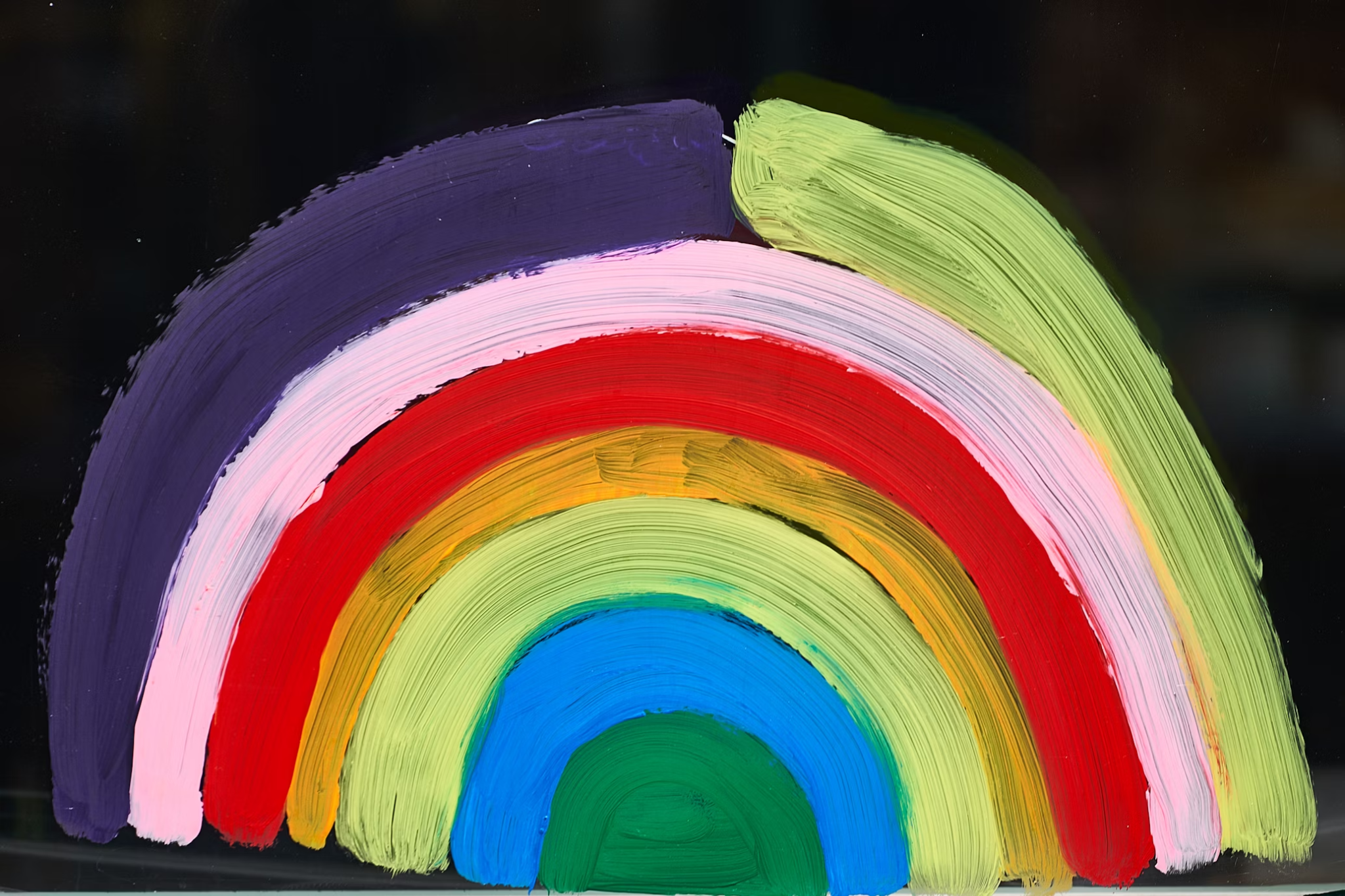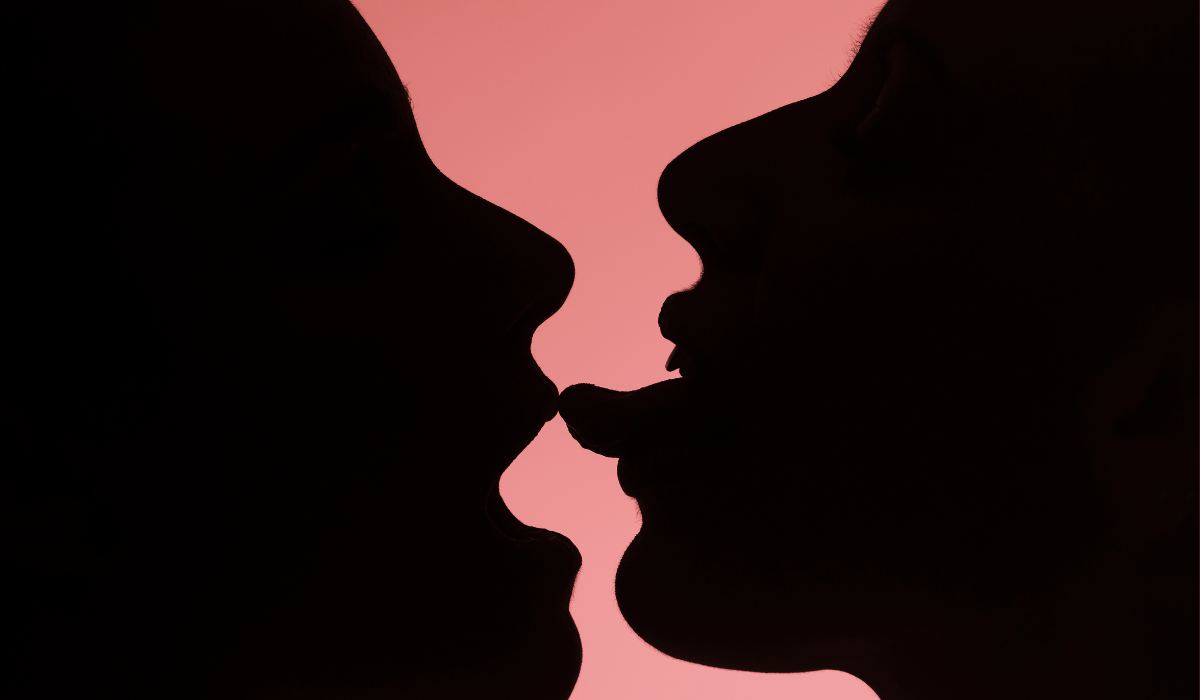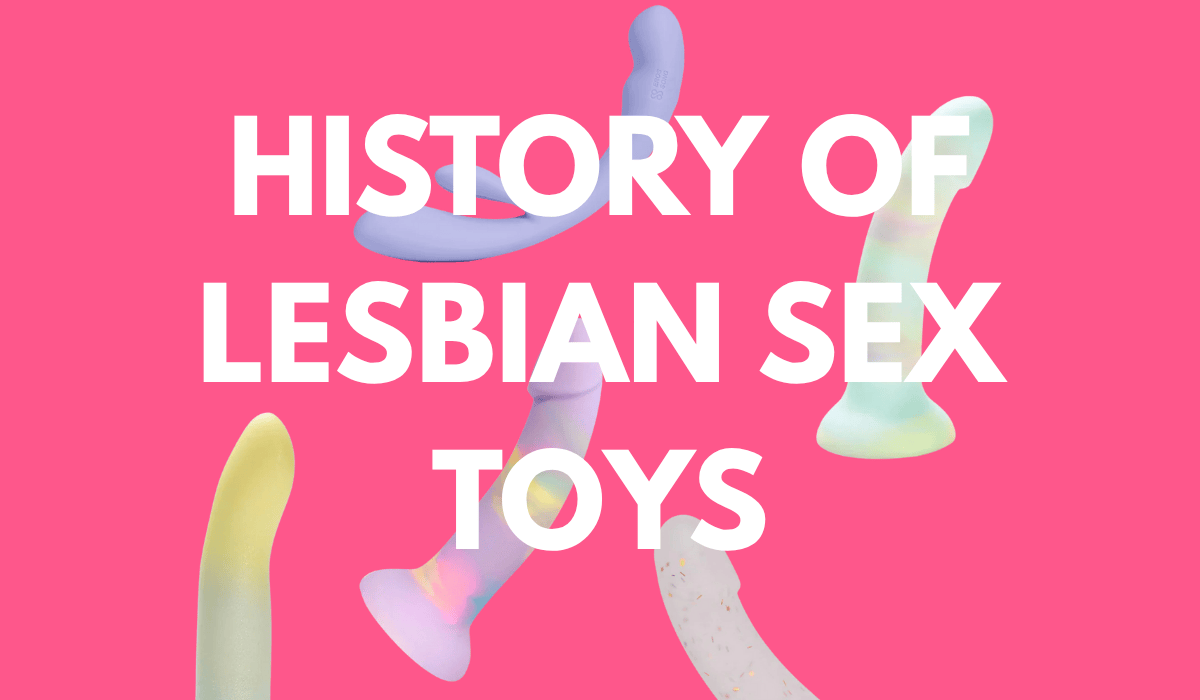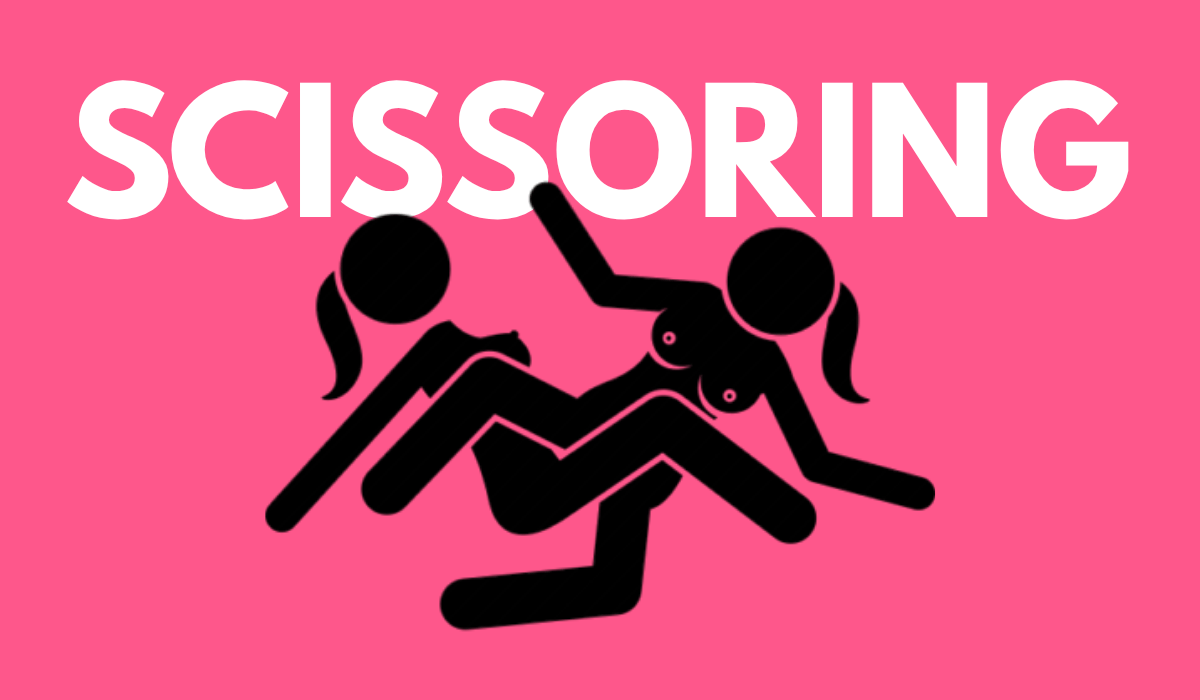Ever found yourself lost in a sea of lesbian slang, wondering if "futch" is a new dance move or a type of sandwich? Fear not! Let's embark on a lighthearted journey to decode some of the most common terms in the lesbian lexicon.
This Eros Song’s guide looks at important lesbian slang terms. It compares similar words and analyzes their cultural meanings. The guide helps readers understand how to use these terms with care.
1. Femme vs. Lipstick Lesbian: Feminine But Not the Same
Femme refers to a lesbian who embraces a feminine appearance, often enjoying dresses, makeup, and other markers of femininity. The term has a history linked to femme-butch dynamics. It grew as a self-empowered identity, not a heteronormative expectation.
Lipstick Lesbian became popular in the 1990s. This term often suggests a focus on glamour and style. It can also mean a preference for dating other feminine women.
Some people criticize the term for supporting male-gaze stereotypes. This is especially true when mainstream media shows lesbians in a sexualized way.
Critical Take: Both terms celebrate femininity. However, "femme" is often viewed as more inclusive and community-focused. In contrast, "lipstick lesbian" has a history influenced by media, which can be problematic at times.
2. Butch vs. Stud vs. Soft Butch: Masculine Presentations with Nuance
Butch refers to a lesbian who presents in a traditionally masculine or androgynous way. It carries a strong historical and political identity, challenging rigid gender norms.
The term "stud" is mainly used in Black and Latinx communities. It describes a masculine-presenting lesbian. This identity includes cultural and aesthetic influences. These influences often show swagger, confidence, and unique fashion choices.
Soft Butch exists in between, blending elements of masculinity and femininity, similar to the term futch (a mix of femme and butch).
Critical Take: While all these terms celebrate gender diversity, their cultural and racial implications should be considered. Non-Black individuals using "stud" may be appropriating a term with deep community roots.
3. Futch: The Ultimate Middle Ground
A blend of femme and butch, futch describes someone who embodies both masculine and feminine traits. A futch might wear a floral dress one day and rock a leather jacket the next.
Critical Take: Futch broadens the spectrum beyond strict categories. However, it shows that many lesbian identities still focus on gender presentation. Some argue this reinforces the same binary norms that queer culture aims to dismantle.
4. U-Haul Lesbian: A Stereotype with a Grain of Truth
The joke goes: "What does a lesbian bring to a second date? A U-Haul." This term humorously describes the stereotype that lesbians move in together quickly.
Critical Take: While often used affectionately, it plays into the assumption that all lesbians form overly intense relationships. Emotional depth should be celebrated, but caution should be taken not to reduce lesbian relationships to a joke.
5. Pillow Princess vs. Stone Butch vs. Stone Femme: Roles in Intimacy
A Pillow Princess enjoys receiving but not giving in intimate settings, often linked to more passive roles in relationships.
A Stone Butch prefers to give rather than receive. This choice often comes from personal comfort or past trauma.
Similarly, a Stone Femme may also prefer not to reciprocate but instead enjoy the role of the adored and worshipped partner. Sexual roles in lesbian relationships are varied and complex. They are similar to those in other orientations.
Critical Take: These terms can show personal preferences. However, they can also oversimplify lesbian intimacy. They do this by reinforcing strict roles, similar to heterosexual ideas.
6. Gold Star Lesbian vs. Platinum Lesbian: A Badge of Honor or Gatekeeping?
A Gold Star Lesbian has never been with a man. A Platinum Lesbian has never been with a man and was born by C-section. This means she has never even "touched" a man at birth.
Critical Take: These terms might seem fun, but they can also cause problems. They can create unfair tests in the community. This can make bisexual or queer women feel their experiences are not valid.
7. Chapstick Lesbian: The Middle Path Between Femme and Butch
A Chapstick Lesbian is not as high-femme as a lipstick lesbian. They are also not as androgynous as a futch. They represent effortless cool.
They often wear minimal makeup and comfortable clothes. They love practicality in their style.
Critical Take: This term questions the belief that lesbians must be very feminine or very masculine. However, it also suggests a "neutral" standard of beauty. This standard may still leave out those who do not fit Western beauty norms.
8. Baby Dyke: A Newcomer to the Lesbian World
A Baby Dyke is someone new to the lesbian community, often still exploring their identity and experiences.
Critical Take: While mostly endearing, the term can sometimes be used condescendingly, dismissing younger lesbians’ perspectives.
9. Dyke: From Slur to Symbol of Pride
Originally a slur, dyke has been reclaimed by many lesbians as a powerful identity marker. However, context matters—while some embrace it, others still find it offensive.
Critical Take: Reclaimed words empower marginalized communities, but outsiders should avoid using them casually or without understanding their history.
10. Stud vs. Stem: Cultural and Aesthetic Differences
A Stud, as mentioned earlier, is a Black or Latinx masculine-presenting lesbian.
A Stem (Stud + Femme) combines both masculine and feminine traits. It is similar to futch but is used more in communities of color.
Critical Take: These terms show the racial and cultural diversity in the lesbian community. They stress the importance of respecting and recognizing different identities without taking from them.
Conclusion: Embracing Fluidity in Lesbian Identity
Lesbian slang is constantly evolving, shaped by lesbian culture, humor, and personal identity. While labels can be empowering, they can also be restrictive.
Here at Eros Song, we're not only dedicated to designing the best lesbian sex toys, we also respect others' identities, and embrace the diversity of the community.
Did we miss any terms? Drop them in the comments!
#LesbianSlang #SapphicCulture #QueerIdentity #LGBTQLingo

